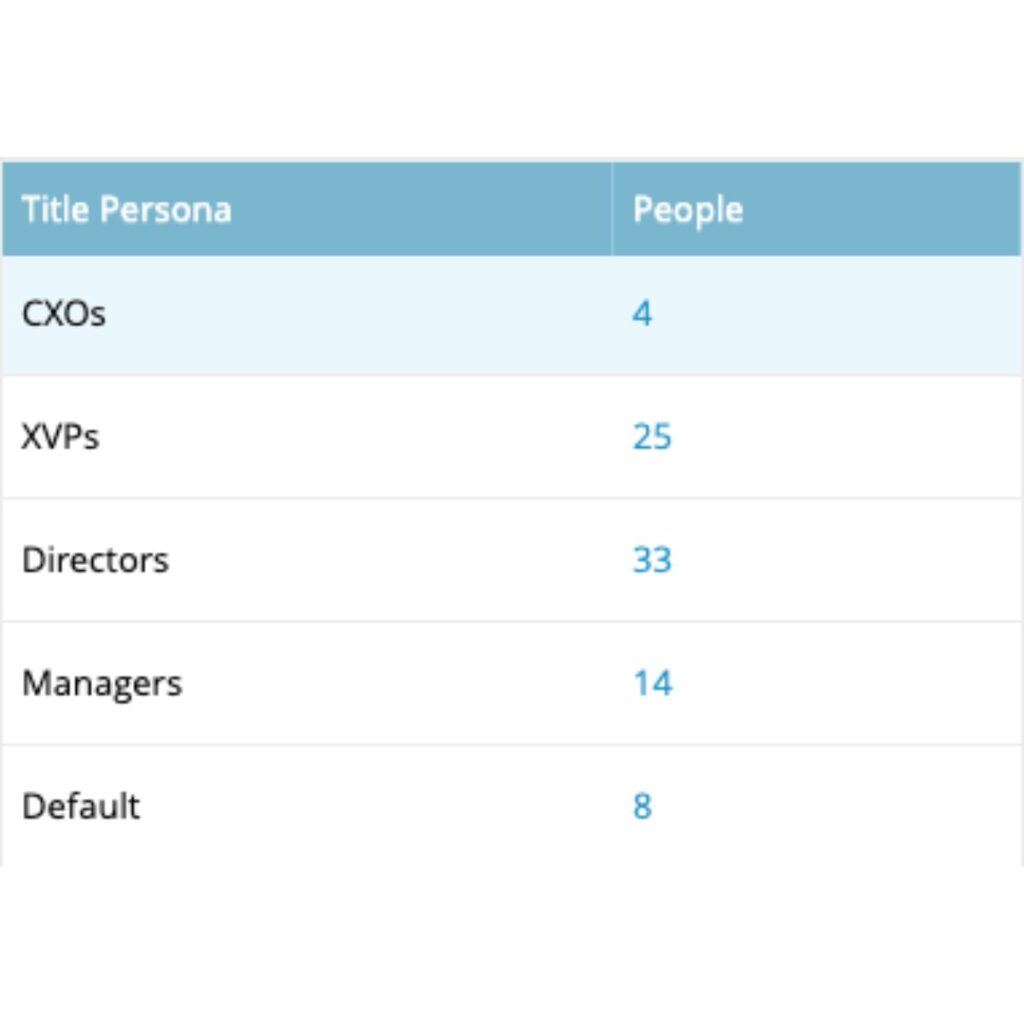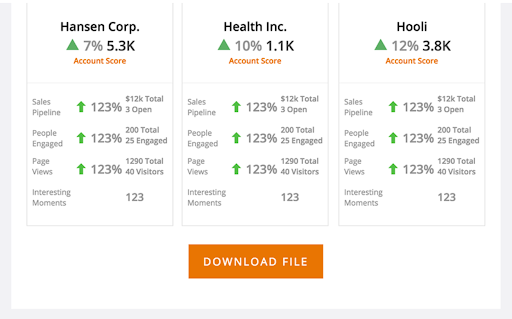How To Configure Target Account Management (TAM) In Marketo

Account-based marketing (ABM) is a powerful strategy that targets accounts in your ideal customer profile (ICP) and converts them into customers. There are many tools available in the market that can bring you ABM success, but one we’ve seen the most client success with is Adobe Marketo’s Target Account Management tool. Target Account Management (TAM) is an add-on in Marketo that helps you manage and engage with your high value target accounts, all within your marketing automation platform.
It’s important to clarify that having the TAM add-on doesn’t automatically mean you have a well-defined ABM strategy. If your organization lacks a clear target account strategy, it’s advisable to collaborate with your internal teams or engage a consultancy like Shift Paradigm to craft a robust strategy. This process involves crucial elements, such as establishing and refining your ICP, determining effective account segmentation, identifying high value accounts, and crafting compelling messaging, among other essential considerations.
Remember, Marketo operates on a flat database structure, treating records as individual people rather than contacts, leads, and accounts. Establishing connections between people and their respective accounts often involve the creation of numerous Smart Lists, which can be time-consuming. With the configuration of TAM, this intricate process becomes remarkably simplified. TAM grants you the power to effortlessly link individual people to their respective accounts, eliminating the need for excessive manual effort. It’s truly a game-changer!
Now that we covered some important points for TAM, let’s delve into some of the basic admin and configuration components to get you started on a target account strategy that converts.
Configuring Your TAM Add-On
Identify Your TAM Users
First things first, get your desired TAM users added to Marketo. Based on your ABM strategy, decide who should have access to what and to which roles within the system they should be assigned. Once this is decided, you can start issuing TAM licenses.
Hold off on adding your sales team when you first get started, as you will want to develop a comprehensive plan for their introduction and training based on your specific requirements. Adoption and alignment is key here and is another topic for another time (hint hint: another blog from Beth 😉).
Admin Settings
Outside of getting your TAM users added, there are four major components to work through the admin settings. These are:
- Account Scoring
- Account Personas
- Account Teams
- Account Reports & Sales
Account Scoring
With TAM, you can create up to five different types of account scores. Account scores in TAM are based on scoring fields that you have in Marketo. Some examples of these are:
- Behavior Score
- Demographic Score
- MQL Score
- Product Interest Score
These are typically used for the following types of account scores:
- Account Engagement Score
- Account ICP Score
- Account MQL Score
- Account Product Interest Score
The account score will be calculated as the aggregate of the scoring fields for all records associated with that account. Here is a matrix to help highlight how the account scoring in Marketo works:
| Account Score | Scoring Field | Description |
| Account Engagement Score | Behavior Score | Measures overall account engagement |
| Account ICP Score | Demographic Score | Measures how well an account fits into your ICP |
| Account MQL Score | MQL Score | Measures how many MQLs any given account has |
| Account Product Interest Score | Product Interest Score | Measures the level of interest an account has on certain products |
Work with your team or consultancy to develop the best strategy for account scoring. This will be important to help maximize resources, improve customer interactions, and drive revenue growth by focusing on the accounts that are most likely to convert.
Account Personas
Account personas provide an opportunity to refine and segment your target account audience. This allows targeted and personalized messaging to reach the right people at the right time.
Only custom Salesforce picklist fields that have been synced with Marketo are available to be used for personas. By default, Marketo already has a title persona included. You will have the ability to create up to two personas on top of the title persona.
This is a screenshot of the default Title Persona in the TAM dashboard:

Some examples of personas are:
- Product Interest – Segmenting records based on what product they may be interested in.
- Region – Segmenting records based on what region a record is a part of.
- Business Unit – Segmenting records based on what Business Unit a record is a part of.
- Source – Segmenting records based on source.
Account Teams
Most organizations that have a target account strategy have multiple stakeholders working together on high valued accounts. This admin setting allows you to create those teams in Marketo so account information is shared cross-functionally.
Account teams are created through Customer Owner fields in Salesforce. The default Account Owner field is chosen by default. You are allowed up to ten owner fields and some examples are:
- Account Manager
- Account Project Manager
- Account Client Success Owner
- Account Delivery Owner
Team alignment is crucial for your target account strategy. It fosters collaboration and a more engaging encounter, which leads to increased conversions and keeps customers happy and engaged with your content.
Account Reports
This setting is all about the reports that will be sent to the account team on a weekly basis. The information shared on this report includes:
- Named Accounts by Account Score (based on what account score you chose in your admin settings)
- Sales Pipeline Trend
- Engaged People
- Interesting Moments
- Downloadable Link
Here is an example:

Best Practices
Implementing TAM in Marketo involves strategic planning and alignment with your ABM initiatives. Here’s a brief overview of best practices for introducing TAM in Marketo:
Clearly define your goals and objectives with TAM. With any new marketing tool, it’s important to understand what your overall goal is and the strategy you will use to get to that end goal. Remember, Marketo TAM is not a strategy; it’s a tool to help engage and understand your targeted accounts.
Define Target Accounts. It’s important to work closely with your sales team and clearly define your target accounts. The best option to bring these accounts into Marketo is through the Salesforce connection.
Limit your named account lists in Marketo. Make sure you are only adding meaningful accounts that will make an impact to your bottom line.
Marketo TAM can work well with other platforms such as 6sense. Integrating with 6sense and using Marketo TAM can help add an additional layer of intent data and keyword capabilities.
Conclusion
Marketo TAM is a valuable tool for engaging high value target accounts. While TAM simplifies account connections, it’s vital to remember that it’s not a stand-alone strategy but, rather, a foundation. By mastering the administrative components and fostering alignment, your organization can maximize resources, enhance customer interactions, and drive revenue growth by focusing on your most promising accounts.
If you have any questions regarding your ABM strategy or how to get started using Marketo TAM, reach out to the Shift Paradigm team today!





